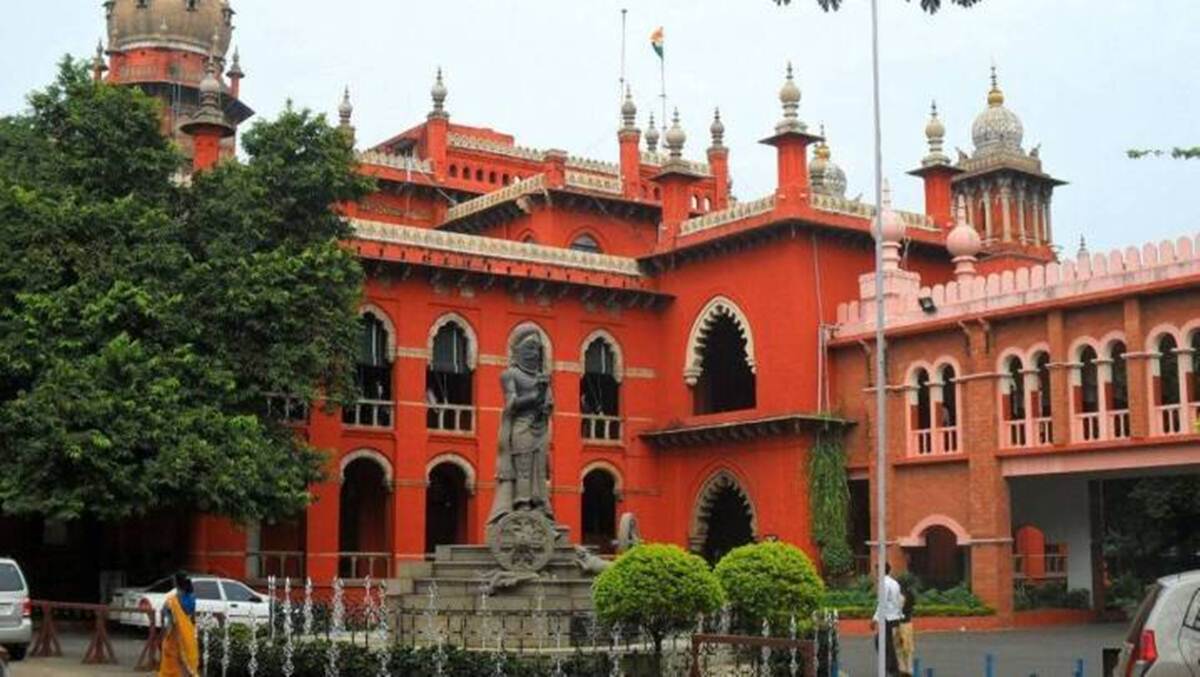
The Madras High Court’s remark on the duty to laugh as an antidote to the moralizing hoax that is mounting in our public life should be a great relief to comedians, satirists and cartoonists. But practitioners, viewers, and readers are cautioned not to get too excited just yet.
More specific higher and supreme court decisions on more serious matters such as arrest, custody, prison and bail are best followed in this country in degree, not in kind. You continue to see better governed states claim to have followed a higher percentage of Supreme Court guidelines than others. This means that the state has the flexibility to statistically improve its compliance with the law. You and I don’t have the same incremental option. We will have to follow the tax laws when Nirmala Sitharaman brings them into the budget from the date she specifies. If she wishes, she can even ask us to respect the retroactive effect.
The duty to laugh will, if necessary, be implemented less strictly because the provision could strike the state and its organized friends more than the citizens. Once it finds its place in the statute, all stakeholders (read potential targets), including the police, cultural political organizations and faceless crowds, will have enough time to familiarize themselves with the idea. . It could take forever. As the judgment points out, there are sacred cows in almost every linguistic region of the country and any attempt to diminish respect (forgetting to escalate criticism) would meet federal resistance. Statewide icons are considered to have more votes than the cow itself. So don’t expect a model state assembly to pass even a lazy duty-to-laugh resolution.
You need central legislation through Parliament. It would be a great idea befitting the improved architecture of Parliament in the new central view. The world’s most populous democracy supporting laughter on a statutory basis would make India the envy of the European Union and the United States. But past experience does not indicate such lightness on the part of our parliamentarians. They are all very serious if we look at what happened in the House on May 14, 2012. That day we saw a singular consensus that transcended party lines. The common enemy was the cartoon. Almost all of the MPs in attendance were furious at the cartoons from the Political Science Textbook for Class 11 published by NCERT. After decades of debate, NCERT had carefully selected archival cartoons to illustrate political history lessons in textbooks. A practice accepted even in smaller democracies like Singapore. The cartoon is visual, contextual and fun – all three appeal to learners.
But our MPs found the images depicting leaders like Jawaharlal Nehru and Atal Bihari Vajpayee, themselves deemed irreverent, downright offensive, and demanded that more than a lakh of printed textbooks be pulped. While a left-wing leader saw the cartoons as a collective plot to demean politicians and introduce totalitarianism, there were leaders from the right, left and the centrist who categorically claimed that the cartoon poisoned young minds. Between conspiracy theorists and child psychologists, the one-sided debate has taken off to sack the works of art of some excellent practitioners the nation had honored with Padma Bhushan and Padma Shri. Only two members refused to join the herd – Sharifuddin Shariq from the National Conference and Jaswant Singh from the BJP.
In nearly a decade, what are the chances of parliamentary action to keep the laughter going? It will be rejected unanimously. If you return to political history without the aid of our innocuous textbooks, you will find instances where the state views satire and caricature as allies. Before World War II, the first anti-Nazi cartoons of the famous David Low of Fleet Street did not lessen anger on his own British government. Prime Minister Chamberlain thought these were overreactions and would only provoke a mildly hot ordinary guy like Adolf Hitler to turn against Britain. As events led to war, Low was right. Once the war broke out, cartoons of Low and others from Britain and the United States were taken to the front lines to maintain morale. The cartoon stung the larger-than-life image of a Hitler and a Mussolini, which meant they weren’t unbeatable. He also sent the message that war is not to kill and injure but to break free from state terror. So how does satire threaten our security? It only threatens the national security of the enemy.